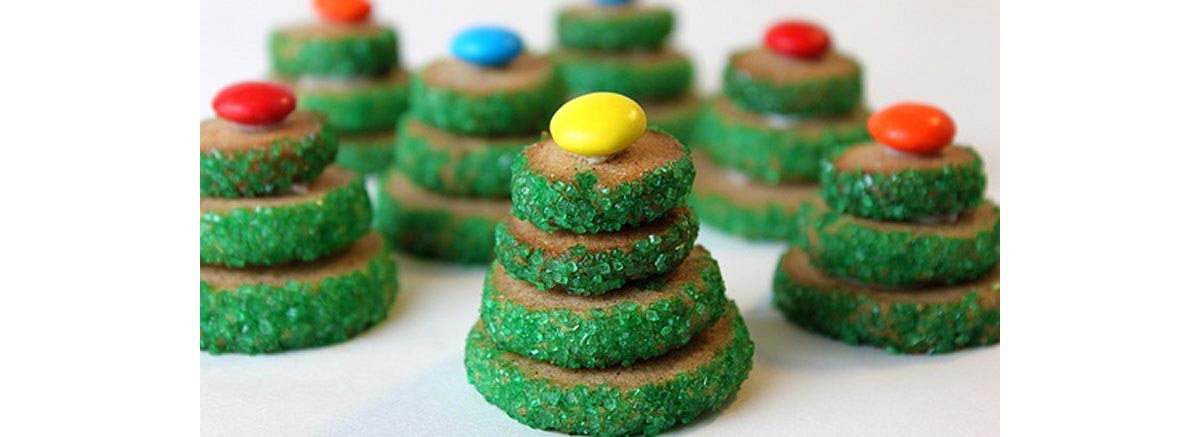Table of Contents
1. Plan, plan and then plan some more.
Before the holiday season gets into full swing, sit down with your diary and make a detailed plan of how you want things to go down. If you don’t have a diary, or your current one’s pretty small, then get down to the store and buy a bigger one – it needs to be large enough to make some pretty detailed notes and should have a separate page for each day.

First thing’s first – go through each day from December 18th through January 2nd and mark off any meals where you’re eating out or are dining at someone’s house. These meals will likely be out of your control, so it’s best to put them to the back of your mind for the moment, and make a more detailed plan for them nearer the time.
The next stage is to go back through every day and mark off your usual meal times. If you usually eat breakfast at 7:30am, lunch at midday, an afternoon snack at 4pm and your dinner at 8pm, then that’s what you’ll do without fail whenever you’re making your own meals.
Finally, write down what you’ll have. This may seem pretty anal, but it’s imperative you control your diet as much as possible, and if this means making plans very early on then so be it.
The meals you have should all be regular meals you’d usually eat – high protein, low to moderate carb, low to moderate fat, plenty of vegetables and calorie controlled. This leads us on to our next point…..
2. Count Your Calories
Download a calorie counting app, and calculate your calories every day. Hopefully you do this anyway, so on the slightly quieter and more “normal” days over the holidays this shouldn’t be an issue, but I’d even recommend doing it on the days you go out, and on Christmas day itself.
It’s virtually impossible to accurately guess your calories, and we typically grossly underestimate how many calories are in certain foods. As an example, studies have shown Americans will automatically guess that a salad-based dish is low calorie, while estimating that one containing meat is far, far, higher. As we know, this isn’t the case. A big salad containing cheese, croutons, bacon, dressing and olives could contain close on 1,000 calories, while a big, lean steak may only be 300.
Counting calories is a fantastic way to make you aware of exactly how much you’re eating. By all means enjoy yourself on the big days, but take those excess calories into account. Seeing a huge number flash up at you on your computer screen is a surefire way to make sure you don’t just eat junk for the sake of it.
3. Be the Host
Controlling your diet is far easier if you’re in control of everything. It may be more hassle, but that hassle is worth it when come January you’re still in as good a shape as you were in November.
You can make healthier alternatives to the usual holiday fare, serve up plenty of vegetables and lean meats and keep the calorie-filled, sugar and fat-laden pseudo foods to a minimum.
4. Train
Training serves two purposes. It burns off a few of those excess calories, and keeps you motivated. Skipping sessions makes you feel lazy and lethargic, and more likely to succumb to the temptations of junk food. Sticking to your training plan is the catalyst you need to keep healthy.
Enjoy yourself over the holidays and have a little of what you fancy. Just reign it in slightly with these four tactics – remember, what you do this holiday season will pave the way for your success next year.
- “Why Calories Shouldn’t Be a Guessing Game”, By Carolyn O'Neil, Published on August 31, 2010, Accessed on December 15th, 2012, Retrieved http://www.accessatlanta.com/news/entertainment/dining/why-calories-shouldnt-be-a-guessing-game-1/nQjrM/
- Photo courtesy of jessicarabbit on Flickr: www.flickr.com/photos/jessicarabbit/346004019
- Photo courtesy of cuttingboard on Flickr: www.flickr.com/photos/cuttingboard/4201897117


Your thoughts on this